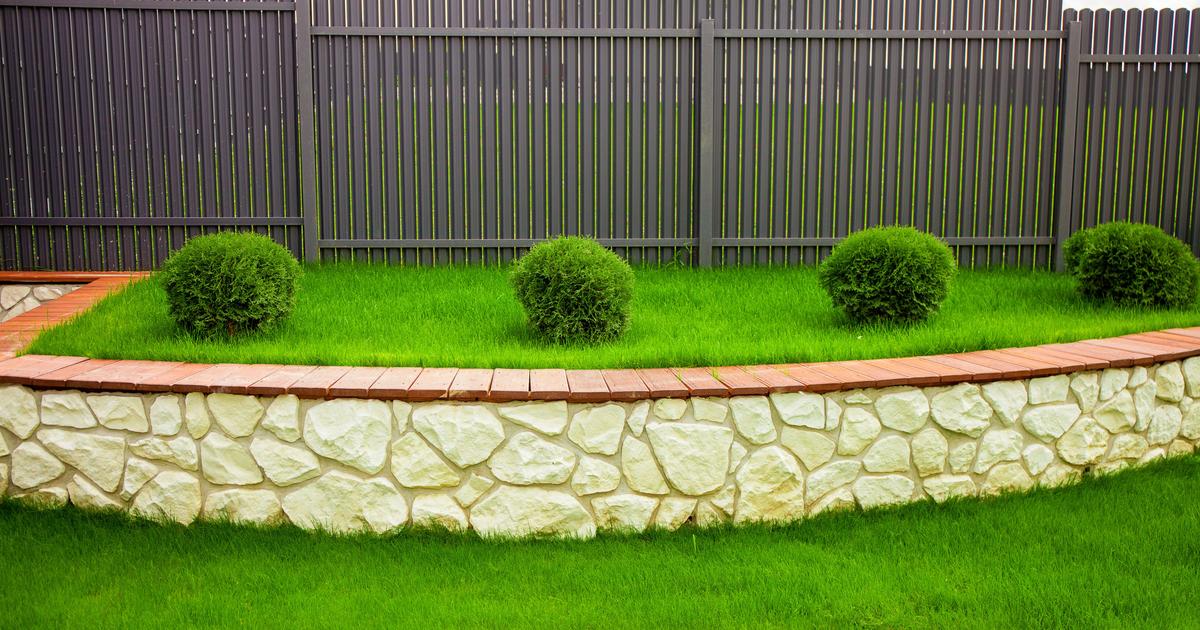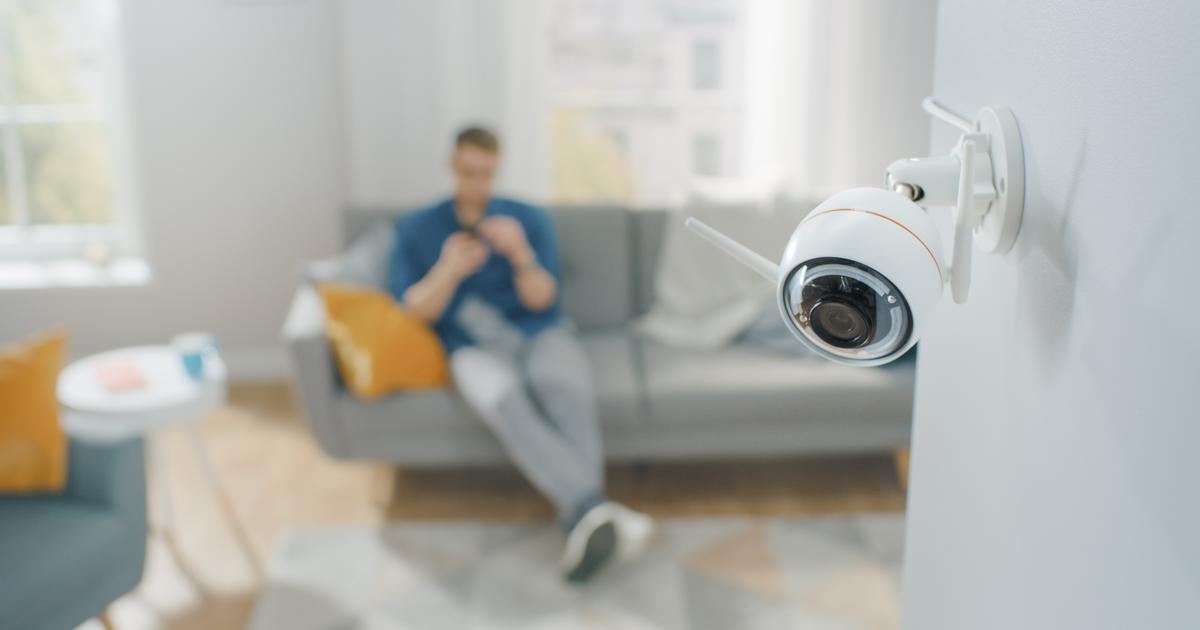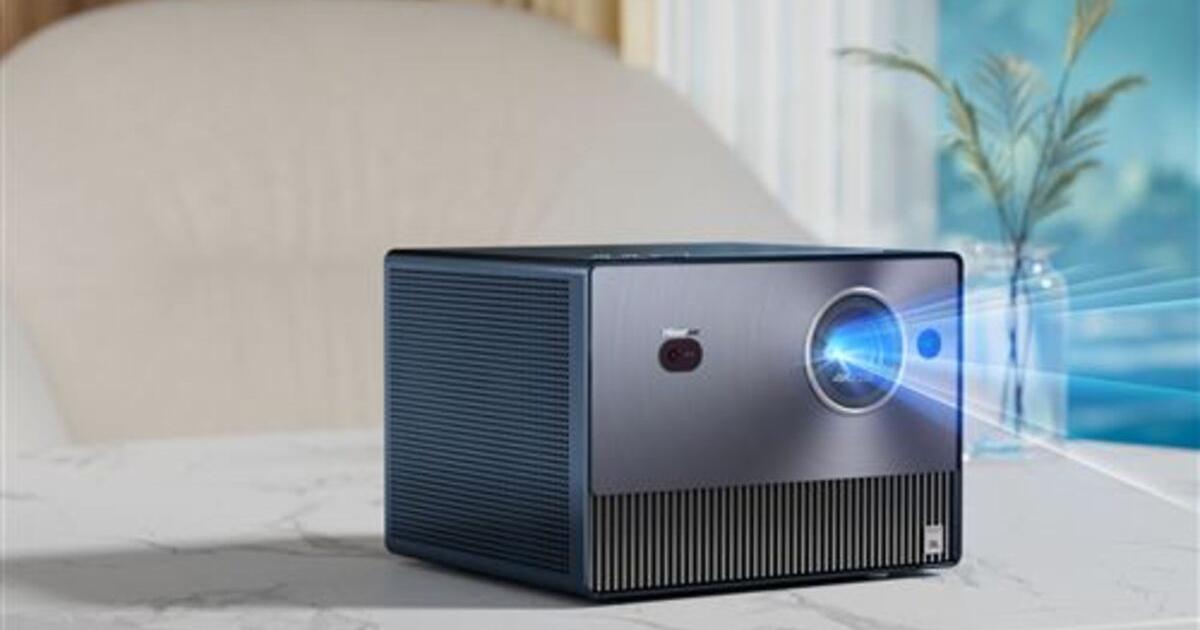The first function of a screen is to protect you from the gaze of the curious, but not only. It can also protect you from wind, animal passage, malicious intrusions and
even noise. To choose a screen to place at the edge of the property or around your dining area, you must first worry about aesthetics and budget.
To discover
- What are the vegetables and fruits of June?
A simple and reasonable solution
Rigid mesh between the meshes with a blackout inserted and which requires no maintenance is one of the lightest and most economical solutions. The blackout can be placed in a second time, if you do not have the sufficient budget (count about 40 € per linear meter for the fence, then between 30 and 60 € per linear meter for the occultation, depending on the material chosen). For the blackout, the choice is vast. Avoid canvases that do not resist over time, prefer PVC or composite slats, stronger, or wood, warmer. Other roll blackouts, which are fixed with links, are also available: PVC canisses, synthetic green screen, or natural materials (wicker or pine bark). These last several years and will not rot if they are not in contact with the ground. Dark products will retain their original appearance, while light-colored products, such as bamboo, will tend to get dirty under the combined effect of dust and moisture. You may prefer brande, which is a variety of heather woven with wire.
Avoid low-cost products that are often very thin, in which birds make holes. Thicker versions (up to 10 cm), heavier, are more opaque, protect from wind and noise. But they require very strong supports. As for palisades made of natural materials, they never hide 100% and do not completely cut the wind.
The durability of the product will depend on its exposure to the wind: if it plates it against the mesh, the blackout will be preserved. It will also be necessary to be vigilant on the choice of poles.
Good to know
For a good neighborhood, your private fence must be set back from the property line and not straddling the dividing line, unless your neighbor agrees. In this case, it makes it possible to share the expenses and maintenance costs with the latter.
A screen to protect from the wind
To protect against drafts, palisades composed of openwork blades stacked between two poles are a good solution. By filtering part of the wind, they reduce the forces on the fence and prevent the formation of eddies. "To protect yourself from the bise, you have to do a study of the environment, see where it comes from. Resistant products are used, bevel-shaped blades, which hide the view while letting some of the wind pass, are well suited, especially by the sea. The type of sealing depends on the nature of the terrain. For panels with a height of 1.50 to 1.80 m, we prefer sealing in the ground of about fifty centimeters or more, with concrete, "warns Laurent Minguet, network director of the company Daniel Moquet signs your fences.
These palisade systems are very successful because, made to measure, they offer many customization options: it is possible to intersperse openwork panels with pattern cut-outs, glazing, to create perspectives, play of shadows and light. The blades are available in all materials. In PVC, they require no maintenance and resist well by the sea, provided you choose a quality product (from 80 € per linear meter for a height of 1.50 m, and up to 200 €). In wood, opt for class 4 products suitable for contact with the ground (around 175 € per linear meter). You can do without maintenance if you accept that the wood grays, otherwise you will have to regularly apply a stain. The composite slats with a wood appearance (between 200 and 300 € per linear meter) retain their color and are rot-proof. Aluminum is the most expensive material (from 250 to 300 € per linear meter), but it allows all colors. For a better hold over time, opt for a product labeled Qualicoat or Qualimarine. To break the monotony of a fence, you can integrate vegetated panels or gabions "filled with local gravel, they blend well with wood and make it possible to treat differences in levels between the grounds without resorting to the low wall in masonry, which reduces foundation costs," suggests Laurent Minguet.
To isolate noise
In housing estates, neighborhood noise is invasive because the plots are often small. The company Daniel Moquet signs your fences offers a solution to this problem, DoMaCoustic', a wooden panel with a polyurethane core that absorbs vibrations. "An on-site survey is necessary to properly size the fence and define a comfort zone. The farther you are from the origin of the noise, the more height you need. This can be up to 3 meters, and sometimes the installation is not possible if the origin of the noise is too far away. Ownership boundary mounting is not always the best option. On the contrary, it is necessary to approach it from its terrace, "warns Laurent Minguet. DoMaCoustic' is about 50% more expensive than a wooden fence.
See alsoAnti-noise hedge: which plants to choose?
A fence to delimit
«
Traditional masonry walls with a cutlery (a hat) topped by a fence are found on the street side, because they are often imposed by urban planning," says Laurent Minguet. They require more labour and are more expensive. It takes at least 15 days of drying for concrete.
You have a variety of materials to choose from. Concrete blocks are cheap, but unsightly. They may be coated with coating or facing plates. The reconstituted stone walls restore the effect of natural stone and are not afraid of frost. They consist of calibrated blocks, quick to assemble. "On the sides of properties between neighbors, you can opt for a wooden or aluminum fence in the ground above a concrete, natural stone or steel cleanliness plate, to pass the rotofil downstairs without damaging anything," concludes Laurent Minguet.
Good to know
Before erecting a fence or wall, ask the town hall about local planning rules. The PLU (local urban plan) can prescribe a height for your fence, prohibit or impose certain materials and / or colors.















